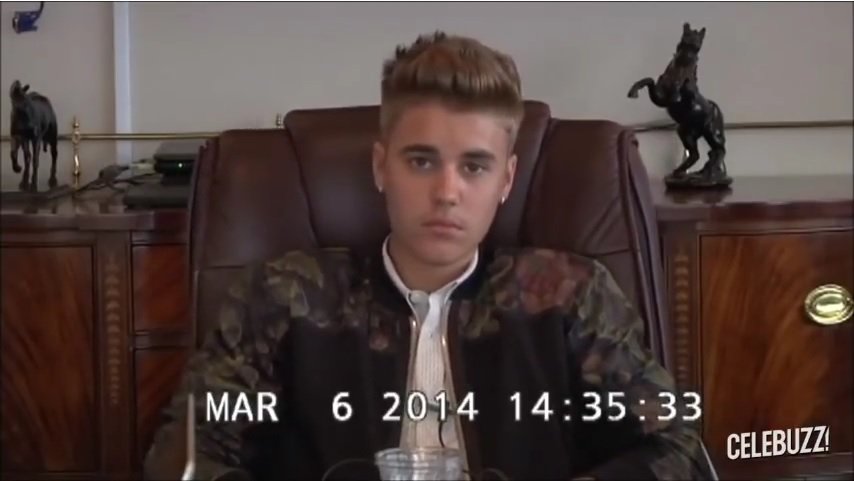The Olympics of Court Reporting

Video depositions are hardly a new trend, so you might think all attorneys know exactly how to handle them. Amazingly, a lot of the same mistakes are made over and over, leading to a less-than-optimal deposition, transcript, and video.
All of our standard deposition tips apply, but there are a few particular tips you should follow to ensure you get a great end product.
- This is not a DIY project. Modern technology being what it is, some attorneys think they can get the same product by setting a video camera on a tripod at the end of the conference table and hitting record. If your plan is to videotape the depositions for your own educational purposes, that’s probably okay. Probably. Maybe. But for an expert witness deposition or any testimony that could be shown in court, you need a professional videographer. When you hire a professional videographer, you can be assured they have the proper equipment and backups, are constantly monitoring that equipment and adjusting audio levels to make sure none of the testimony is lost, and that they’ll make sure the video is framed appropriately so it will look good when you show it in the courtroom.
- Location, location, location. Choose a conference room that has good lighting and make sure there is no distracting artwork behind the witness.
- Handle your exhibits. If you’re attending in person, they should be neatly organized so you’re ready to mark them and show them to the witness seamlessly. If you have to pause and shuffle through exhibits before handing them to the witness, everyone who views the tape will have to sit through that – and it makes you look unprofessional. If you won’t be there in person, send the exhibits ahead of time (as discussed in this post). And, don’t forget to instruct the witness to hold the exhibit up for the camera.
- Be extra mindful of “other” noise… Be sure your location isn’t right next to busy train tracks, a police or fire station, or anywhere loud noises might randomly interrupt the proceedings. Not too many years back the US Bankruptcy Court in Durham moved to a brand-new building (well, a newly-renovated former warehouse) and installed state-of-the-art audio-visual equipment. But since no one realized that an extremely busy (and loud) set of railroad tracks was located right behind the building, hearings have to pause for up to 15 minutes as loud freight trains pass. You don’t want this to happen in your deposition. “Other” distracting noises include typing on a keyboard to take notes, tapping on the table, vibrating cell phones, and pen clicks.
- … and be mindful of your mic. All participants will be wearing a lapel mic so the video will emphasize the voices and not ambient sounds. The videographer will have the microphones at certain levels to try to de-emphasize other noise in the room, but if you shuffle papers near your lapel mic it will be picked up. If you whisper to your client while opposing counsel is questioning the witness, it could be picked up.
- No filler – just the beef! Concentrate on not using um, huh-uh, uh-huh, like, you know, or other space-filling words. In “normal” depositions the court reporters will generally leave out filler words like um and ah, but on a videotaped deposition they will all be in the transcript – and the jury will hear them as well. Filler words make it difficult to follow the question.
- WAIT for the videographer to stop recording before launching into off-the-record conversations with opposing counsel. Once you say “off the record,” the professional videographer will state “Off the record” and the time before stopping the camera.
Call Greater Raleigh Court Reporting at 919-586-8011 to book your next professionally-videotaped deposition!